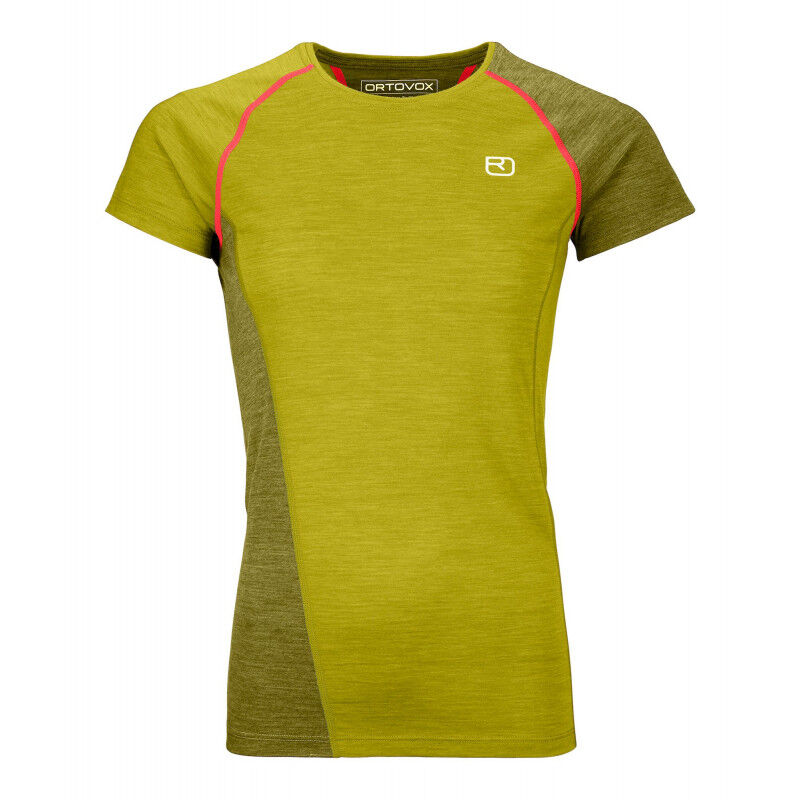Good Advice To Deciding On Bamboo Clothing
Wiki Article
What Makes The Base Layers Made Of Yak Merino A Great Material To Wear During Winter?
Merino's combination with Yak wool characteristics creates a base layer that is highly efficient for winter sports clothes. It's hollow fibres retain air to create a great insulation. This fabric, when combined with Merino Wool, an excellent insulator, gives an exceptional warmth that helps keep your body warm during cold temperatures.
Moisture Management Merino wool is a natural fiber that has properties for wicking moisture, meaning it can absorb moisture from the body, and then release it into the air while keeping the person wearing it dry. Yak wool adds to this by also having moisture-wicking abilities. This combination regulates the body's temperature, keeping moisture out of the skin, even during intense physical exercise during colder weather.
Merino wool's softness and ease of use is well-known. The silky fibers and softness of the wool make it less likely to cause irritation. Blended with yak that has smooth and soft fibers, the material is a comfortable garment to wear.
Both Merino and Yak Wool possess antimicrobial properties that aid to stop the growth of bacteria which produce unpleasant odors. This characteristic allows the garment to stay fresher longer even if used for long periods of time.
Durability Yak and Merino are both strong materials. They combine to create a fabric which can endure the rigors and strains of outdoor and sporting activities.
Temperature Regulation – The insulating properties of yak merino-based layering regulate body temperature and keep wearers warm in cold weather, and sufficiently breathable to not overheat during periods of intense exercise.
Merino wool or yak wool as well as other biodegradable, renewable materials are environmentally friendly fibers suitable for winter sportswear.
The combination of these qualities makes yak Merino Wool Base Layers very effective winter sport clothing. They provide warmth, comfort, and moisture control for outdoor activities in cold climates. See the recommended do you agree for site advice including merino wool underwear womens, best merino base layer, wool undershirts, merino wool base layer hunting, smartwool classic thermal merino quarter zip base layer top women's, merino base layer, smartwool 250 base layer bottoms, merino wool underwear womens, best base layer for skiing, icebreaker merino wool base layer and more.

What Are The Benefits Of Wearing Bamboo Clothes With Regard To Thermal Regulation And Uv Protection, Biodegradability, And Environmental Impact.
Thermal Regulation Bamboo clothing is a fantastic choice for thermal regulation. It also provides UV protection and biodegradability.
Bamboo fabric insulation is breathable, and also has thermal-regulating properties. It provides warmth even in frigid temperatures. It aids in regulating body temperature by retaining warmth in cooler weather and also allowing airflow to prevent excessive sweating during physical exercise.
UV Protection
UV Resistant- The bamboo fabric provides natural protection from harmful UV radiation. It can block a large portion of ultraviolet radiations from the sun. This adds an additional layer of protection when wearing it outside.
Biodegradability-
Bamboo clothing is biodegradable and is broken down organically at end of its lifecycle, leaving no toxic leftovers. Bamboo clothing also doesn't cause pollution. This decreases the amount of waste and also the negative environmental impact of clothing that is to be discarded.
Environmental Impact-
Sustainability- Bamboo as a raw materials is very ecologically sustainable. It is able to grow quickly and in abundance and without chemical fertilisers. This helps reduce the environmental impact of cultivation. The rapid growth rate of this plant makes it a sustainable source.
Low water usage Bamboo uses less water than other crops such as cotton, making it more water-efficient. This aspect contributes towards conservation efforts and reduces water resource strain.
Soil Conservation
Soil health - Bamboo cultivation does not reduce soil nutrients and does not require massive irrigation. This contributes to healthier soil conditions and lessens the necessity for damaging practices in agriculture.
Carbon Sequestration
Carbon Absorption- Bamboo plants are able to absorb more carbon dioxide and release more oxygen to the air when compared with other plants. This property supports efforts to reduce carbon emissions as well as combat climate change.
The thermal regulation of bamboo clothing as well as its UV protection, its biodegradability, and its positive environmental impact are reasons why it is a top option for those seeking practical and sustainable clothes. These attributes are in line with eco-friendly practices, bringing benefits to both the wearer as well as the environment. View the top bamboo clothing for blog tips including bamboo yoga pants, bamboo yoga clothing, bamboo clothing for women, clothes made from bamboo fiber, bamboo sweater, bamboo yoga clothing, bamboo viscose pajamas, bamboo maternity wear, bamboo ladies clothing, bamboo pants and more.

How Do Merino Layers And Bamboo Clothing Differ From Eachother And Regular Wool?
Merino wool, bamboo clothing and regular wool can be distinguished with their distinct characteristic.
Softness Merino wool is known for its fine and soft fibers. This makes it soft against skin. It is much less likely to cause irritation and itching than wool that is traditionally sourced from sheep.
Moisture-Wicking- Merino wool is extremely wicking properties, pulling moisture away from the skin, allowing it to evaporate while keeping the wearer dry and comfortable.
Merino Wool is an excellent insulation that provides warmth even when wet. It regulates the body's temperature and also provides insulation in cold weather.
Odor Resistance - It naturally prevents the growth of bacteria responsible for odor and keeps clothes fresh when worn for a long time.
Bamboo Clothing
Softness- Bamboo clothing's silky feel is often compared with silk or cashmere. It's luxurious and soft to wear.
Moisture-Wicking-Bamboo fabric has properties to wick moisture away that draw moisture away from the skin and keeps the wearer dry during physical activity.
Temperature Regulation- Bamboo clothing has natural temperature-regulating abilities, offering warmth in winter and breathability to prevent overheating.
Sustainability- Bamboo has an abundance of renewable resources. It grows quickly without pesticides and fertilizers. It is biodegradable and has minimal environmental impact.
Regular Wool-
Texture- Traditional wool has a variety of textures, with certain types being more coarse and more susceptible to itching or discomfort.
Warmth - Regular Wool offers an excellent insulation, as well as warmth, but it may feel heavy and bulky at times.
Moisture Absorption - Wool can absorb moisture, making it less effective in moisture-wicking as compared to merino wool and bamboo fabric. However, it is warm even in wet.
In the end, merino Wool is extremely soft, with excellent moisture-wicking, odor resistance, and insulation. Bamboo clothing features a silky, breathable feel. Also, it regulates temperature and is environmentally friendly. Regular wool is different in texture and may not provide the same softness or wicking capabilities as merino or bamboo clothing, but will provide warmth and insulation. Each material has its unique advantages, catering to various preferences and requirements for winter clothes. Check out the top rated merino winter clothing for site examples including 400g merino wool base layer, terramar merino woolskins, merino wool underlayer, snow base layers, omniwool base layer, smartwool mid layer, wool base layer, smartwool classic thermal merino quarter zip base layer top women's, paradox merino blend, merino 250 base layer and more.
